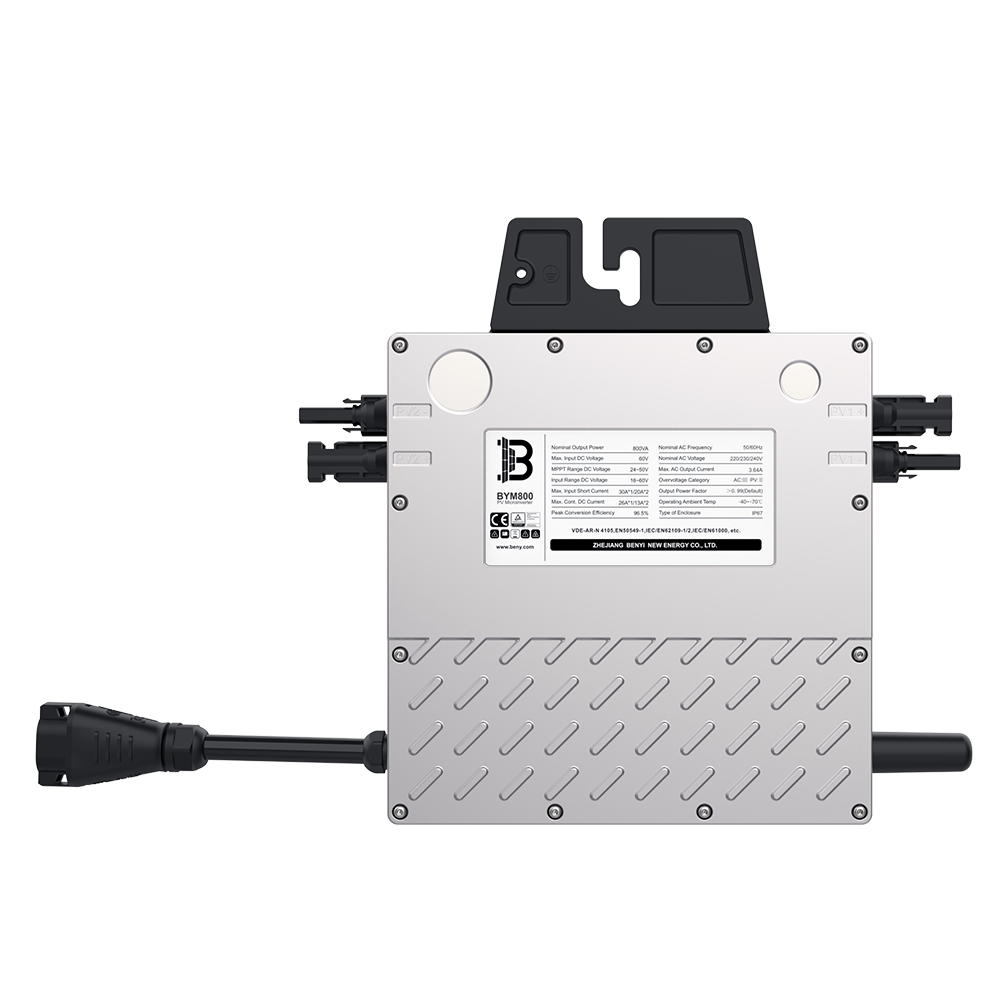As the world increasingly turns to renewable energy sources, microinverter technology for solar energy has emerged as a game-changer in the solar power landscape. This innovative technology offers numerous advantages over traditional string inverters, making it a popular choice for both residential and commercial solar installations.

Understanding Microinverter Technology
Microinverters are small devices that convert direct current (DC) generated by individual solar panels into alternating current (AC) for use in homes and businesses. Unlike traditional string inverters, which connect multiple panels in series, microinverters operate independently, allowing each panel to perform optimally. This independence is crucial, especially in environments where shading or panel orientation varies.
Benefits of Microinverter Technology for Solar Energy
- Enhanced Energy Production: Microinverters maximize energy harvest by optimizing the output of each panel individually. This means that even if one panel is shaded, the others can still generate electricity efficiently.
- Improved Monitoring: With microinverters, users can monitor the performance of each solar panel in real-time. This feature allows for quick identification of issues, ensuring that maintenance can be performed promptly.
- Increased System Reliability: In the event of a failure, microinverters do not affect the entire system. This reliability is particularly beneficial for larger installations where downtime can lead to significant energy loss.
- Flexible Design: Microinverters allow for greater flexibility in system design. Homeowners can easily expand their solar systems by adding more panels without worrying about compatibility with existing inverters.
How Microinverter Technology Works
Microinverters are typically installed on the back of each solar panel. When sunlight hits the panels, they generate DC electricity, which is then converted into AC electricity by the microinverter. This AC electricity can be used immediately or fed back into the grid. The technology also includes built-in safety features, such as automatic shutdown during power outages, enhancing overall system safety.
Microinverter Technology and Energy Efficiency
One of the most compelling aspects of microinverter technology for solar energy is its contribution to energy efficiency. By optimizing the output of each panel, microinverters can increase the overall energy yield of a solar system. This efficiency is particularly important in regions with variable weather conditions, where maximizing energy production is essential.
The Future of Solar Energy with Microinverters
As solar technology continues to evolve, microinverters are likely to play a pivotal role in the future of solar energy systems. Their ability to enhance performance, improve monitoring, and increase reliability makes them an attractive option for both new installations and upgrades to existing systems. For those interested in exploring microinverter options, visit  to learn more about available products.
to learn more about available products.
In conclusion, microinverter technology for solar energy is revolutionizing how we harness solar power. With its numerous benefits and growing adoption, it is clear that this technology will be a cornerstone of sustainable energy solutions in the years to come.




